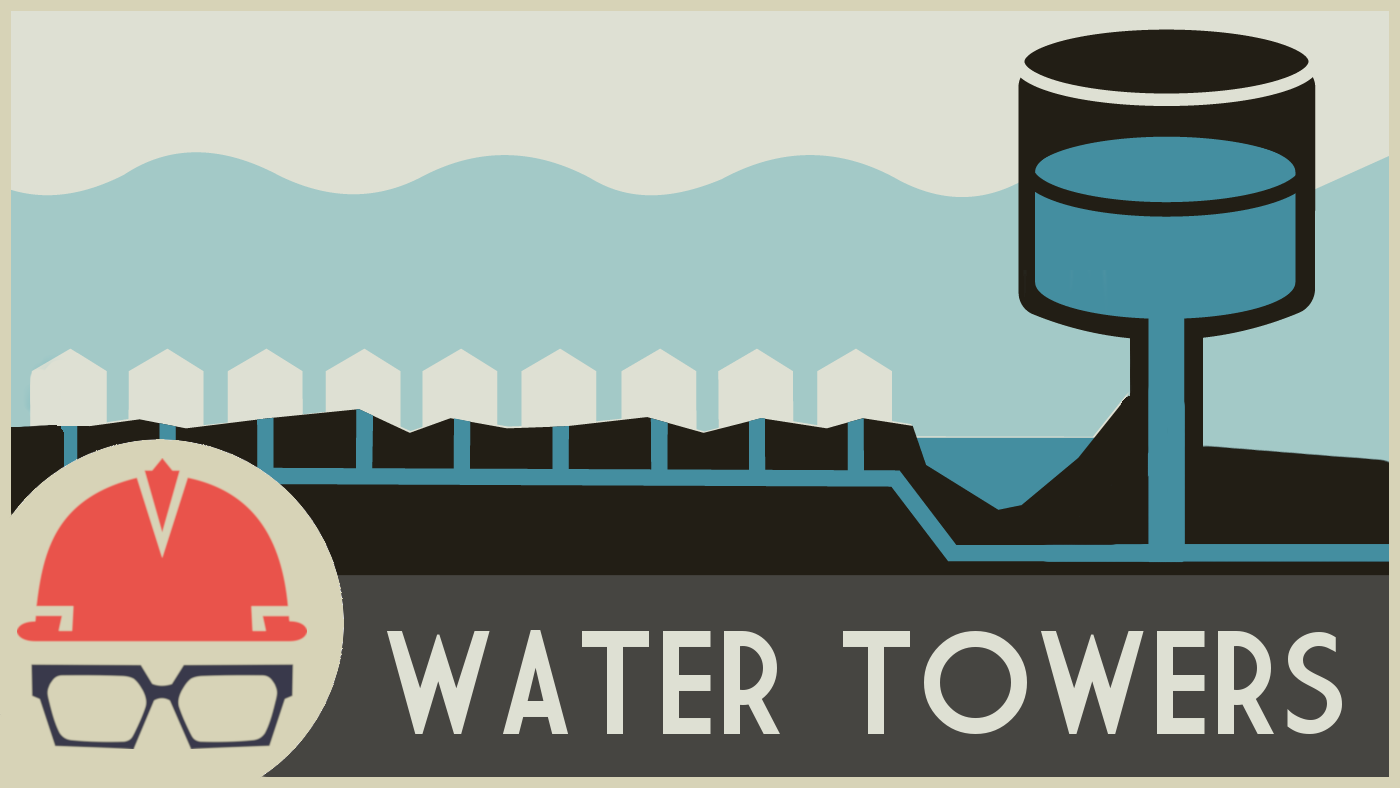feldomatic
Registered
The "tiny gauge line" problem is counter-intuitive, you have to look at it in pieces.
On the left side of the guage, you've got this 0.5cm pipe going up 30m, on the right you've got the same size pipe connected horizontally to some massive 10m tall tank buried 30m under the ground.
The left side will read 4atm, and that makes sense because it's a vertical column.
The right side will read 2atm (nominally, neglecting increase in air pressure from the additional 20m) and that also makes sense.
Put them together and bypass the gauge and yes, that tank is now at 4atm on the bottom.
It feels like wacky sea-magic but it absolutely works, and it's why hydraulic pumps are able to deliver insane amounts of pressure while being surprisingly small.
If you really want to bake your noodle, think about how your insta-pot only needs a (bear with me on the non-metric units) weight of a couple of ounces to offset a full extra atmosphere of steam produced by the pressure cooker. why? because the stand-pipe it's blocking is only like 1/16" in diameter. Force over area for the win!
On the left side of the guage, you've got this 0.5cm pipe going up 30m, on the right you've got the same size pipe connected horizontally to some massive 10m tall tank buried 30m under the ground.
The left side will read 4atm, and that makes sense because it's a vertical column.
The right side will read 2atm (nominally, neglecting increase in air pressure from the additional 20m) and that also makes sense.
Put them together and bypass the gauge and yes, that tank is now at 4atm on the bottom.
It feels like wacky sea-magic but it absolutely works, and it's why hydraulic pumps are able to deliver insane amounts of pressure while being surprisingly small.
If you really want to bake your noodle, think about how your insta-pot only needs a (bear with me on the non-metric units) weight of a couple of ounces to offset a full extra atmosphere of steam produced by the pressure cooker. why? because the stand-pipe it's blocking is only like 1/16" in diameter. Force over area for the win!




